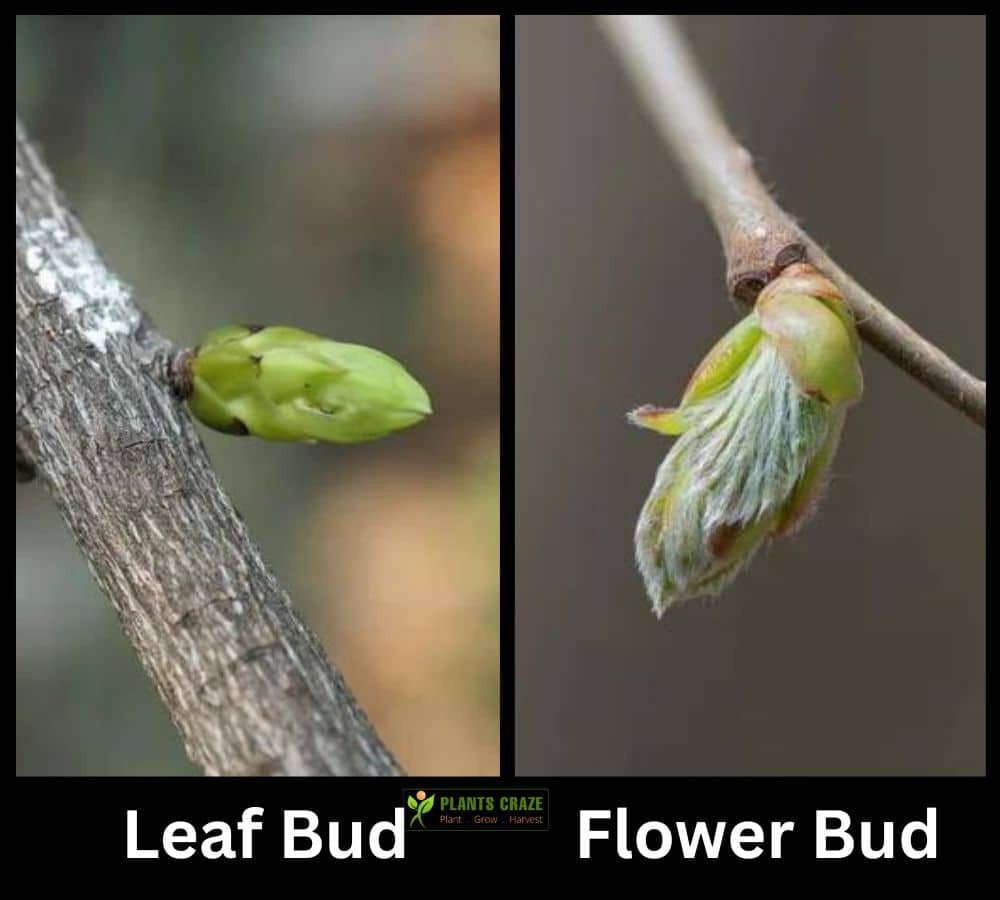Wisteria vines are adored for their stunning fragrant blooms in shades of purple, pink white, or blue that emerge in spring. However, the flower buds that produce these cascades of color can be tricky to distinguish from leaf buds when they first emerge. This guide covers techniques for identifying wisteria’s flower buds versus leaf buds.
Appearance – Shape and Size Clues
The most reliable way to differentiate wisteria’s flower and leaf buds is by examining their appearance carefully.
-
Flower buds are rounded and plump, with a swollen base that tapers slightly at the tip They appear almost pear-shaped
-
Leaf buds are more elongated and narrow. Their tips are pointier versus the flower buds’ rounded ends.
Flower buds are also generally a bit larger in size compared to the more petite leaf buds. So if you see a mix of larger, rounder buds and smaller, skinnier buds, the bigger ones are likely flower buds.
Location – Where Buds Emerge on Vines
Flower and leaf buds also arise from slightly different locations on wisteria vines that can offer clues:
-
Flower buds tend to emerge from the terminal ends of vines or stems.
-
Leaf buds emerge all along the length of vines on the nodes.
So buds at the tips are more likely flowering buds, while buds along the sides are probable leaf buds.
Color – Hues Provide Hints
The coloring of emerging wisteria buds can also indicate their identity.
-
Flower buds possess hues related to the bloom color like white, pink, purple, or blue. The buds will showcase these colors subtly.
-
Leaf buds appear greenish in color, without the pigmentation seen in flowering buds.
Timing – Flower Buds Appear First
Timing is another useful identifier, as flower and leaf buds appear in sequence on wisteria vines.
-
Flower buds swell first in early spring before the leaves emerge.
-
Leaf buds appear after flowering buds form and open.
So early spring buds can be safely assumed as flower buds, while later emerging buds are leaf buds.
Purpose – Function Follows Form
It’s also helpful to remember the unique purpose and function of these two bud types.
-
Flower buds will bloom into the colorful, fragrant wisteria flower clusters.
-
Leaf buds produce the green leaves that provide photosynthesis to fuel plant growth.
So roundish, colorful buds have a reproductive destiny as flowers, while skinny green buds create foliage.
Pruning Cautions Based on Bud Type
Being able to identify leaf and flower buds is particularly useful when pruning wisteria vines.
-
Pruning off flower buds through inadvertent removal of terminal vine sections can sacrifice the flowering display that year.
-
However, careful pruning of new leaf buds can redirect energy to enhance the bloom.
So precise identification allows strategic pruning to maximize flowers.
Summary of Key Identification Factors
-
Flower buds – large, round, swollen base, colored hue
-
Leaf buds – small, narrow, pointed tips, green
-
Flower buds – emerge at ends of vines
-
Leaf buds – emerge along vine stems
-
Flower buds – appear first in early spring
-
Leaf buds – emerge after flower buds
-
Flower buds – become flowers
-
Leaf buds – become leaves
With close inspection and paying attention to key differences, identifying the buds’ destiny as spectacular flowers or essential foliage becomes clear. Then you can apply that knowledge to properly care for your flowering wisteria vines.
How to tell difference between a leafing bud and flowering bud
FAQ
What do flower buds look like on wisteria?
Why is my wisteria all leaves and no flowers?
What is the difference between a flower and a bud?
- A Complete Guide to Caring for Yuki Cherry Blossom Shrub - January 23, 2025
- Identifying Red Hot Poker Seeds: What to Look For When Harvesting Torch Lily Pods - January 23, 2025
- A Complete Guide to Harvesting Evening Primrose Seeds - January 23, 2025

